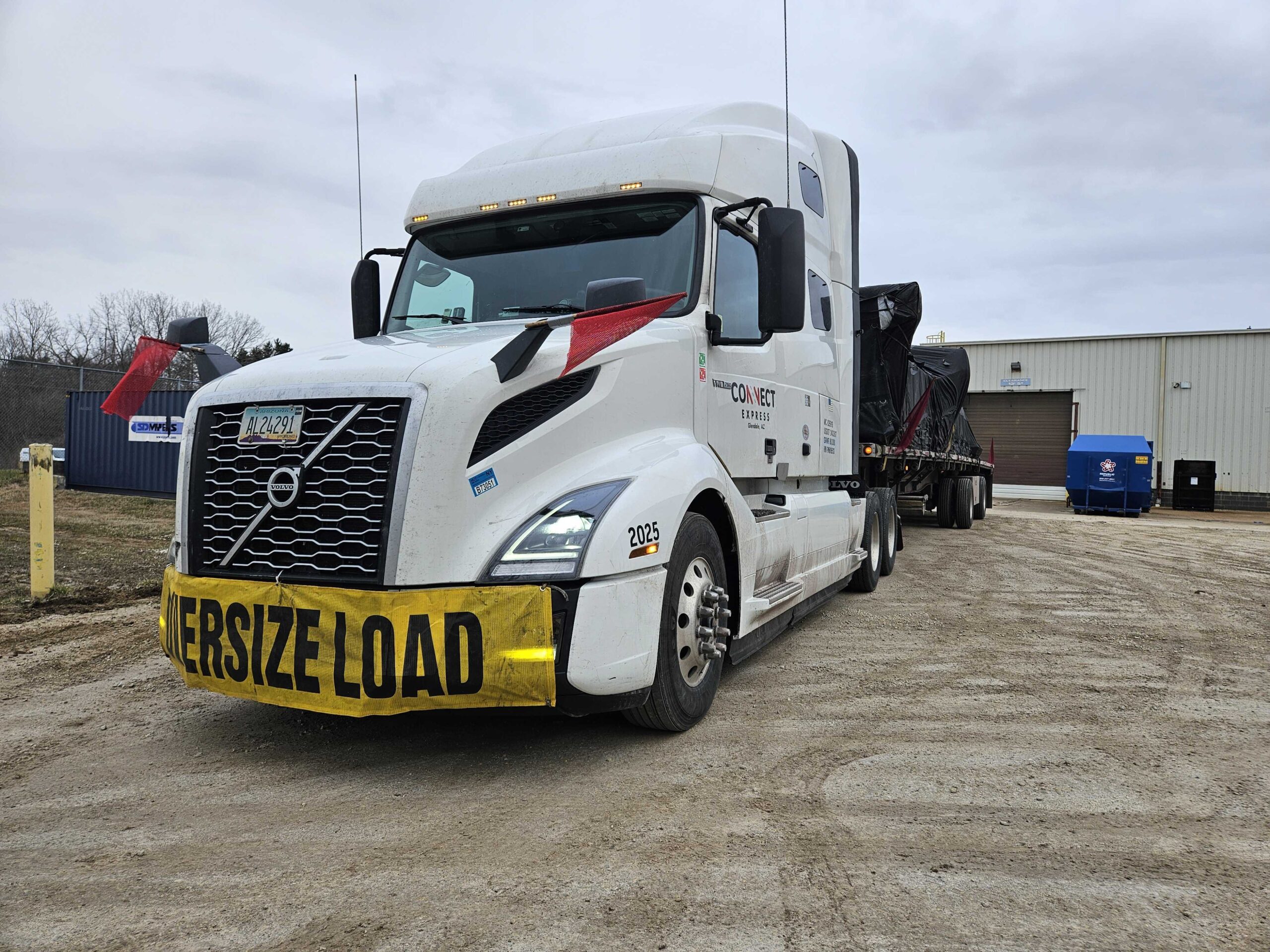
Each state’s intricate web of regulations forms a tapestry that demands respect and adherence from industry professionals, fostering a climate of meticulous compliance.
To chart this course, a reinforced understanding of each jurisdiction’s ‘language’—requirements, restrictions, and processes—is indispensable, ensuring that your payload reaches its destination without the threat of regulatory snags or costly delays.
Embark with preparedness.
Understanding Oversize Permits
Navigating the landscape of oversize permits requires a keen comprehension of the regulatory framework that governs the transportation of oversized loads. These permits are essential in facilitating the lawful movement of cargoes that exceed standard legal dimensions of width, height, or weight. They signify a harmony between public safety mandates an d the operational needs of the heavy-haul industry, preventing infrastructural damage and ensuring road safety.
d the operational needs of the heavy-haul industry, preventing infrastructural damage and ensuring road safety.
Understanding these permits is akin to mastering a complex regulatory mosaic where each state serves as an individual tile with its unique set of rules. As operators, it is your duty to identify and adhere to these variegated requirements, coordinating with multiple agencies if the journey spans several states. In doing so, you protect your business from severe penalties and secure the seamless transit of oversized consignments across the diverse tapestry of American highways.
Defining Oversize Loads
An oversize load surpasses standard legal dimensions—width, height, or weight—mandating special transit considerations.
Oversize loads embody exceptional transport challenges, underscoring the critical nature of precise and collaborative permit acquisition.
Navigating permits for oversize loads involves meticulous planning and adherence to specific state and federal regulations, ensuring safe and compliant transit routes.
Compliance not only averts legal repercussions but also safeguards infrastructure and public safety, making it indispensable in oversize load transportation.
Legal Requirements Across States
Understanding regional variances is critical to interstate transportation of oversize loads.
- Research State Regulations: Ascertain the dimensions that delineate an oversize load within each state along your planned route.
- Acquire Necessary Permits: Secure permits according to the individual state requirements, which may include specific travel times, designated routes, and vehicle markings.
- Plan Route Accordingly: Ensure your planned route is permissible under each state’s restrictions and coordinate with local authorities if required.
- Understand Escort Vehicle Protocols: Some states require pilot or escort vehicles for certain oversize loads, with specific rules on their positioning and equipment.
- Adhere to Signage and Flagging Regulations: Compliance with state-mandated requirements for signs, flags, and lighting is essential to enhance visibility and safety.
- Stay Informed on Temporary Restrictions: Be aware of any temporary travel restrictions such as road constructions or weather-related bans.
Each state’s compliance is non-negotiable; non-adherence can result in substantive fines.
Permit stipulations can vary significantly, making state-specific knowledge not just beneficial, but imperative for legal transport.
Importance of Timely Permit Acquisition
Acquiring oversize permits well in advance of a scheduled haul is critical for uninterrupted operations and adherence to legal requirements.
- Avoidance of Legal Complications: Delayed permits can lead to compliance issues, risking citations and legal ramifications.
- Operational Continuity: Securing permits in a timely manner ensures schedules are maintained, preventing costly delays.
- Enhanced Planning: Early acquisition allows for route adjustments and proper coordination with state and local agencies.
Timely permit acquisition underpins the strategic scheduling of your fleet.
Proper planning and foresight in obtaining oversize permits are indispensable for a seamless and efficient transport experience.
The Application Process Simplified
Initiating the oversize permit application procedure entails a comprehensive review of the freight dimensions, weight particulars, and intended route. Precise details are paramount, as they directly influence permit stipulations and the feasibility of the journey. Deliberate planning, accurate measurement, and transparent communication are foundational steps in safeguarding compliance throughout the various jurisdictions your route encompasses.
Upon submission, the relevant road authorities meticulously assess the application against state or regional regulations, ensuring the proposed transport adheres to safety and infrastructure constraints. Ample lead time is crucial, as this window allows for adjustments to the application details and, if necessary, the provisioning of additional equipment or escort vehicles to align with state-mandated requirements.
Key Documents Detailed
Navigating the complexities of oversize permits demands fluency in several key documents.
- Transportation Permit Application – The cornerstone document detailing the load’s specifications.
- Route Survey – A meticulous assessment of the proposed path ensuring clearance and safety.
- Insurance Certificates – Proof of liability coverage safeguarding against potential transport risks.
- State-Specific Requirements – Varied mandates from DOTs outlining unique jurisdictional compliance.
Thorough understanding of these documents is not merely recommended—it’s imperative.
Ensuring these documents are accurate and fully prepared prior to submission is essential in securing swift permit approvals.
Step-by-Step Submission Guide
Acquiring an oversize permit requires a methodical approach to ensure compliance and safety.
- Research State Regulations: Understand the specific requirements for each state on your planned route.
- Prepare the Necessary Documentation: Gather all pertinent paperwork, including the transportation permit application, route survey, and insurance certificates.
- Select the Appropriate Route: Choose a route that accommodates the dimensions and weight of your oversize load, keeping in mind any potential hazards.
- Apply Early: Submit your permit application well in advance of your planned travel date to allow for processing time and potential revisions.
- Follow Up: After submission, regularly check the status of your application and respond promptly to any requests from permitting authorities.
Nailing the details in the initial application is key to a smooth permitting process.
This systematic approach mitigates risks, ensures regulatory adherence, and paves the way for an unobstructed journey.
Navigating Online Application Portals
Embarking on the oversize permit process requires meticulous attention to detail. When utilizing online application portals, familiarity with digital procedures is absolutely crucial. Mastery of these platforms enhances efficiency and ensures accurate submissions that align with state-specific regulations and requirements.
Each state’s portal often provides distinctive features and guidelines for submitting applications. It is imperative to comprehend these unique parameters to prevent delays or disapprovals due to improper filing.
No two permit portals are identical; therefore, taking time to understand the distinct interface and requirements beforehand will likely result in a successful submission. Features such as upload capabilities, form auto-fill, and electronic signature options vary, necessitating adaptability and tech proficiency.
Always double-check entered information against your prepared documentation. Accuracy in load specifics, routes, and scheduling is paramount for approval. Meticulous data entry confirms that you’ll hit no snags in the review stage, especially when dealing with high stakes oversize loads.
Having all relevant information at your fingertips before initiating the online process expedites your endeavors. It’s beneficial to maintain organized digital files of essential documents, such as size and weight specifications, in compliance with state requirements, for seamless attachment and reference.
Finally, take advantage of any provided tutorials or user support options. These resources can be invaluable in clarifying portal intricacies, enhancing your understanding of the submission format, and ensuring that your application is optimally prepared for assessment.
Costs and Considerations
Calculating the cost of oversize permits requires meticulous attention to detail, encompassing a matrix of variables from state fees to pilot car services. Each state possesses its unique fee structure that escalates with the dimensions and weight of the load. Complexities such as escort requirements, bridge analysis, and potential road damage considerations can further adjust the ultimate expense, emphasizing the need for precise budget forecasting.
An oversize permit application is not merely a transaction; it’s a strategic maneuver within a heavily regulated sector. The spectrum of costs extends beyond the monetary to the temporal, accounting for potential delays in permit issuance and route modifications. As you strategize, factor in these latent expenses—time spent on revisions, contingency planning, and even the opportunity costs of idle equipment. In this domain, the axiom holds true: proper preparation prevents poor performance, transforming anticipated costs into a critical facet of operational mastery.
Fee Structures Explained
Navigating the intricacies of oversize permit fees requires understanding their components and variances.
- Base Permit Fee: The foundational cost of the permit, typically fixed per state.
- Size and Weight Increments: Additional charges that scale with the oversize load’s dimensions and mass.
- Administrative Costs: Processing expenses encompassing the handling and issuance of permits.
- Escort/Pilot Car Fees: Costs for mandatory escort vehicles, which increase for cross-state travel.
- Road Use Taxes: Levies for potential road wear due to oversized loads, often calculated by mileage.
- Specialized Route Surveys: Fees for required route analyses to ensure safe passage.
- Bridge Analysis Fees: Specific assessments for bridge crossings, which can vary based on the route.
Permit costs escalate in direct proportion to the complexity of the load.
Each state’s infrastructure and regulatory framework impose unique financial burdens on oversized transportation, making prior knowledge of these frameworks crucial.
Avoiding Common Financial Pitfalls
Obtaining permits for oversized loads often entails navigating a financial minefield of hidden or unexpected fees. The oversight of such potential charges can result in significant additional expenses that compromise the profitability of a haul.
For example, failure to procure the necessary permits before commencing a trip can lead to hefty fines and penalties, which drastically inflate project costs. Additionally, misinterpreting the specific permit requirements of states can cause delays, which in the freight industry, translate directly into lost revenue.
Moreover, insufficient planning for the varying fees associated with different states and localities can derail a budget. Fees for pilot cars, potential road use taxes, and varied administrative costs need to be meticulously tallied and factored into the total cost estimation.
Accurate budgeting requires an inclusive approach, considering all conceivable expenses from bridge analysis fees to specialized route surveys. Overlooking even one of these could necessitate steep out-of-pocket outlays that could have been preemptively managed with thorough research and planning.
In sum, adopting a proactive and comprehensive strategy towards managing permit costs is indispensable. Anticipating and accounting for each possible expense will safeguard against fiscal shortcomings that could otherwise afflict the transport of oversized loads.
Budgeting for Your Oversize Transport
Anticipating financial obligations is paramount when calculating the costs of oversize load permits. Initial estimates should include the permits’ baseline prices across jurisdictions in your projected route.
Hidden expenses can often compound the cost of your transport—think state-specific requirements, escort vehicle fees, and potential fines for non-compliance. Every aspect demands careful consideration to ensure an accurate budgeting framework.
Furthermore, it’s critical to account for fluctuations in permit costs, which can vary seasonally or with changes in regulatory stipulations. This requires staying abreast of current legislation in all relevant areas to avoid unexpected fees.
Assessing the need for additional resources, such as police escorts or traffic control measures, is also integral. These costs must be estimated accurately to reflect the added complexities associated with oversize cargo.
Lastly, contingency planning is essential; set aside a reserve fund for unforeseen expenditures to guarantee operational solvency throughout the haul.
##Calculating Oversize Load Permit Costs: Factors to Consider
When calculating the costs of oversize load permits, it is important to consider various factors that can impact the overall expenses. These factors include:
- Baseline Prices: Start by researching the baseline prices of oversize load permits across different jurisdictions along your projected route. This will give you an initial estimate of the permit costs.
- Hidden Expenses: In addition to the baseline prices, there are often hidden expenses that can significantly increase the overall cost. These include state-specific requirements, escort vehicle fees, and potential fines for non-compliance. Make sure to carefully consider these hidden expenses to avoid any surprises.
- Fluctuations in Permit Costs: Permit costs can vary seasonally or with changes in regulatory stipulations. It is crucial to stay updated on current legislation in all relevant areas to avoid unexpected fees. Regularly monitor any changes in permit costs to adjust your budget accordingly.
- Additional Resources: Assess whether you will need additional resources such as police escorts or traffic control measures for your oversize load. These resources come with their own costs, and it is important to estimate them accurately to reflect the added complexities associated with oversize cargo.
- Contingency Planning: Lastly, it is essential to have a contingency plan in place. Set aside a reserve fund for unforeseen expenditures to ensure operational solvency throughout the haul. This will help you handle any unexpected costs that may arise.
By considering these factors and carefully estimating the costs of oversize load permits, you can create an accurate budgeting framework and ensure that you are financially prepared for your transport.
Managing Logistics Effectively
In the realm of flatbed trucking, effective logistics management is the backbone of a successful oversize load transportation endeavor. It requires the orchestration of various moving parts—from securing appropriate permits to route planning and coordination with local authorities. Astute professionals recognize that scheduling precision and clear communication are paramount, ensuring regulatory adherence and optimizing transit timeframes. The complexities of managing an operation with such unique dimensions necessitate an unparalleled level of logistical acumen, where every detail is scrutinized, and contingencies are methodically planned.
Coordinating with State Agencies
Navigating the intricacies of state regulations is paramount when procuring oversize permits. The requirements and restrictions vary significantly across state lines, underlining the importance of meticulous research and adherence to specific guidelines.
Each state maintains an authoritative body tasked with the issuance of these transportation permits. As professionals in the field, it’s incumbent upon us to liaise with these entities, providing comprehensive details about the cargo, the intended route, and the configurations of the transport vehicle. These interactions often involve negotiations and adjustments to meet the stringent safety and travel regulations imposed by state authorities.
Proactive communication is essential to steer through the complexities of each state’s permitting process. It involves submitting detailed applications well in advance of the planned transport and accommodating the feedback received from the respective state agency. This dialogue ensures permit stipulations are fully understood and integrated into the transport plan.
Furthermore, when planning routes that traverse multiple states, it’s crucial to synchronize the permitting processes to prevent delays. This orchestration demands a proactive approach and meticulous coordination with each relevant state agency to ensure that all regulatory obligations are met. Managing these relationships effectively mitigates the risk of compliance issues and contributes to the seamless progression of the oversized load across state boundaries.
Route Planning for Oversize Loads
Planning a route for an oversize load necessitates acute awareness of infrastructure limitations. Overhead clearances, bridge weight limits, and route restrictions must be meticulously accounted for, dictating a bespoke route for each transport.
Navigation choices are constrained by local regulations and physical barriers. A single misstep could lead to costly delays or safety incidents.
Hence, a thorough risk assessment is essential prior to establishing a viable path. This includes reviewing historic data (like road construction projects) and analyzing weather patterns.
Each proposed route must be vetted against state-specific requirements for oversize transports, ensuring compatibility with mandated legal travel times, curfews, and escort needs.
The implications of an ill-prepared route can be grave, with potential infrastructural damage, regulatory penalties, and compromised cargo safety exponentially increasing operational risks.
Lastly, route planning is a dynamic process, adapting to evolving conditions. Monitoring real-time traffic alerts and maintaining flexibility within the established itinerary is paramount to successful delivery.
Escort Vehicles and Safety Compliance
Escort vehicles serve as critical components for maintaining roadway safety during the conveyance of oversize loads. They act as mobile alerts to other road users, indicating the presence of an abnormal transport that requires additional road space and caution.
In many jurisdictions, the requirements for escort vehicles are stringent, with certified pilots or flaggers mandated to guide the oversize load. This personnel must be adept at communication, navigating, and ensuring the overall safety of the transport through densely populated areas and complex roadways.
The regulations regarding escort vehicles may fluctuate based on the size of the load, the typology of highways used, and state-specific laws. These pilot cars often come equipped with signage, lighting, and radio equipment to maintain a secure perimeter around the oversized cargo and facilitate communication with the truck driver.
Escort vehicle operators are critical for maneuvering through traffic, securing clearances, and negotiating obstacles. They form a synergy with the lead truck to preemptively address potential hazards, significantly mitigating risk factors associated with oversize transports.
Maintaining compliance with escort vehicle standards is non-negotiable. Adhering to these protocols not only safeguards the oversize load but also serves to protect public road infrastructures and ensure the safety of all road users.
How can you easily avoid those steps and order your permits through our Website?
Navigating the complexities of obtaining oversize permits can be a time-consuming ordeal. Recognizing this, we have streamlined the process, creating an intuitive online platform for the expedited procurement of permits. By leveraging our website, you can bypass traditional bottlenecks and inefficiencies. Our system is designed to simplify the submission of necessary details, establish the correct permit requirements for your specific load, and ensure a fast, reliable turnaround. Harness the power of digital convenience; secure your oversize permits through our web-based portal, tailored to the distinct needs of flatbed trucking professionals.
Connect Express LLC Partnering with xpmaps.com
Connect Express LLC enhances permit acquisition.
In an industry where time equates to money, the partnership between Connect Express LLC and xpmaps.com is pivotal. It signifies a calculated move to amplify the efficiency and effectiveness of oversize permit procurement, ensuring expeditions in flatbed trucking operations align with stringent compliance demands. Notably, the synergy between Connect Express LLC and xpmaps.com heralds a new era in transport logistics where innovation meets demand.
Seamless integration of advanced mapping solutions.
Our client base benefits from this collaboration. The integration of xpmaps.com’s advanced mapping technology into our service offerings heightens precision in route planning for oversize loads—crucial for avoiding costly errors or delays.
Expert navigation support for complex routes.
The outcome is optimal route determination. Now, flatbed professionals can confidently navigate complex routes without the typical apprehension associated with intricate transportation logistics. Thanks to xpmaps.com‘s detailed mapping algorithms, these routes are successfully plotted with an awareness of restrictions and potential hazards that could impede the transit of oversize loads.
Preparing for a seamless transition in 2023.
We are gearing up for the future of transport logistics. With industry forecasts anticipating increased oversize transport activities, our alliance with xpmaps.com positions us ahead of the curve. Streamlined operations, benefits of technological advancements, and client-focused approaches define our readiness for 2023, ensuring our clients remain competitive in the ever-evolving landscape of flatbed trucking.
About XpMaps
XpMaps is an authoritative platform facilitating route analysis, identifying critical infrastructure, and offering an integrated solution to the oversize permit process. Its comprehensive database is meticulously curated with up-to-date information, ensuring a precision-oriented approach to route planning for oversize loads.
Its interface is intuitive, promising ease of use for flatbed professionals. Navigational decisions are hence made with confidence and precision.
By assimilating real-time data, XpMaps presents the most current road conditions, closures (due to construction or emergencies), and clearances. This data is indispensable.
Seamless integration with regulatory databases provides a singular source of truth for permit acquisition, mitigating the risks associated with outdated information.
The platform’s predictive analytics help forecast potential bottlenecks, enabling users to proactively plan alternative routes, ensuring time-sensitive deliveries are less likely to encounter delays.
Ultimately, XpMaps is a pivotal tool in a company’s arsenal for managing the complexities associated with oversized load permits, providing accuracy, efficiency, and compliance in one dynamic package.
How it Works
Obtaining oversize permits involves a detailed application process, requiring accurate dimensions of the load, intended travel routes, and scheduled travel dates. Each state imposes unique regulations; thus, understanding jurisdictional nuances is vital. Submission of comprehensive route surveys, if demanded, accompanies the application to ensure route feasibility.
Permits are jurisdiction-specific, entailing precise navigational planning. Customized routing reflects vehicle size and weight limitations.
Upon submission, state authorities review the application against transportation standards, including structural assessments (bridge weight capacities, for instance) and safety concerns.
Review time frames vary by state, with expedited options occasionally available for time-critical shipments, but generally expecting a standard processing period.
Should authorities require alterations to proposed routes, flatbed professionals must revisit planning stages. Modifications often hinge on infrastructure concerns or coinciding events (e.g., public works, festivals) that impact route availability.
Once approved, the permit outlines the conditions of transport, including travel time frames, mandated escorts, and potential restrictions. Adherence to these conditions is essential for regulatory compliance and safety.

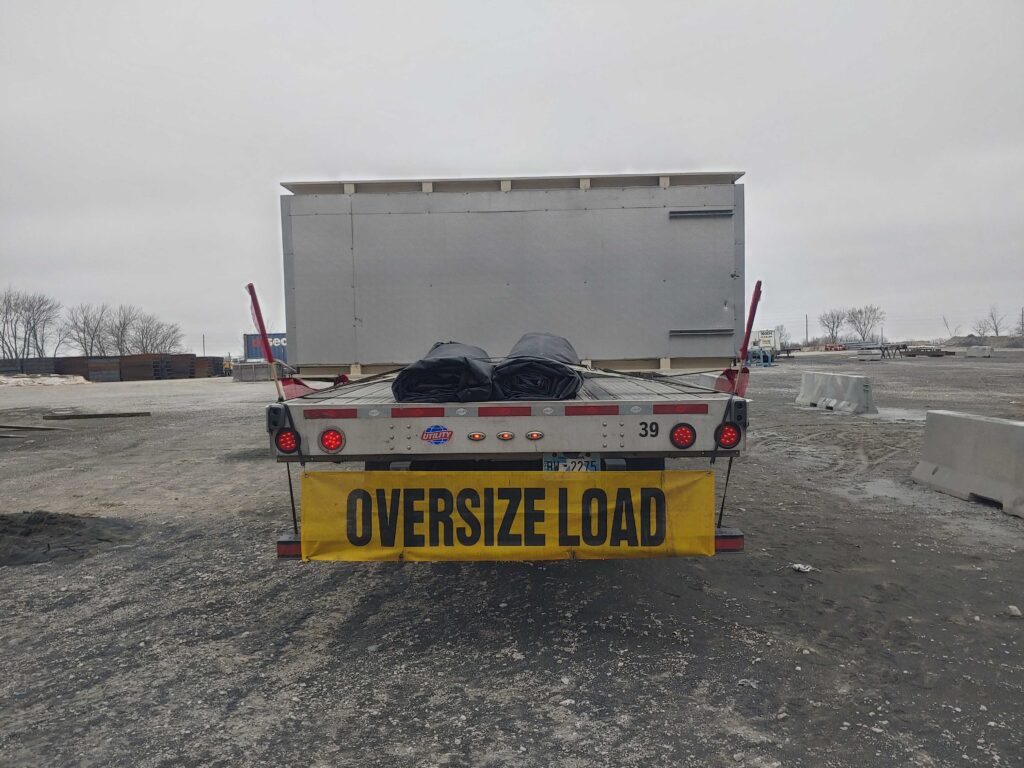
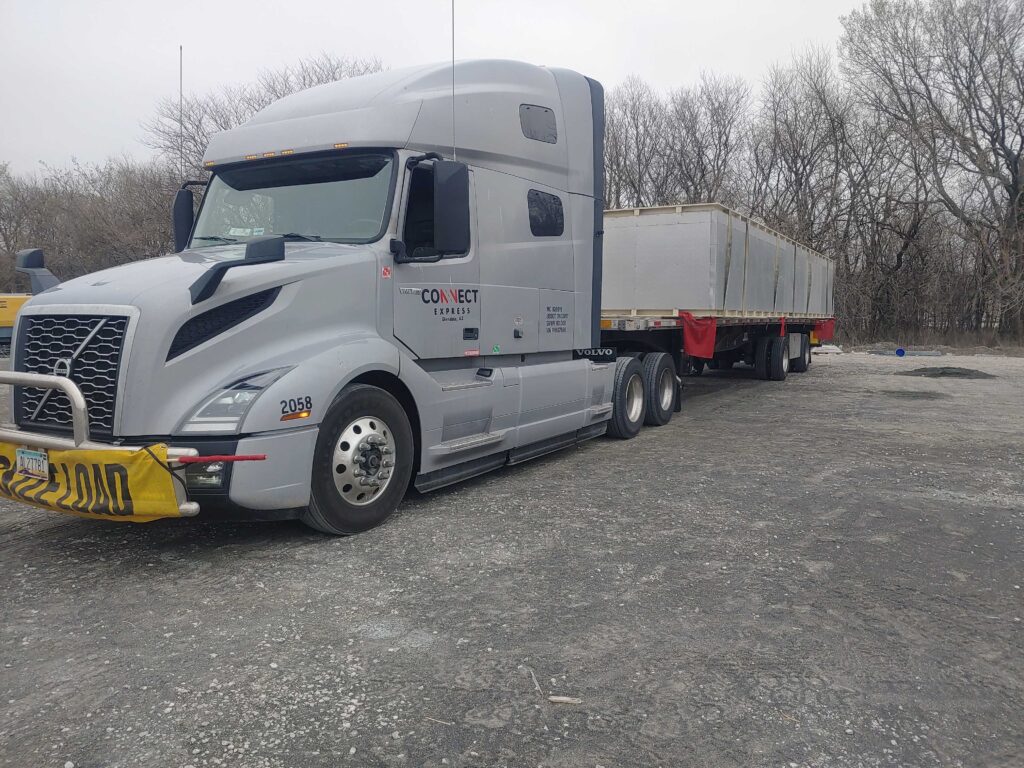
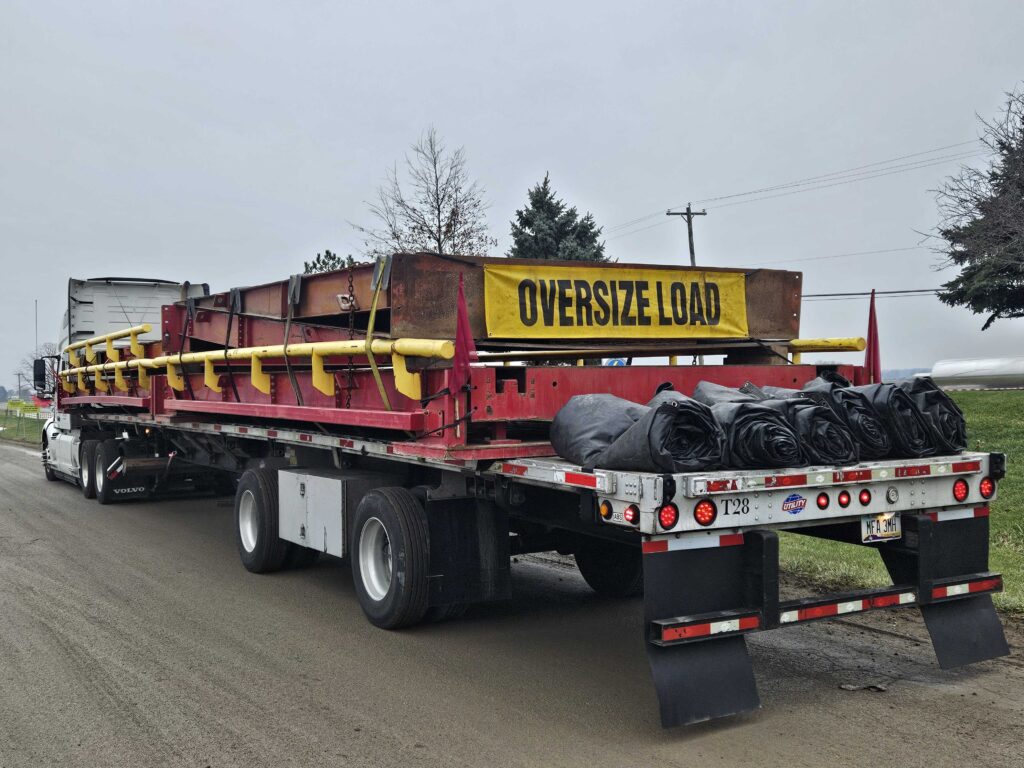
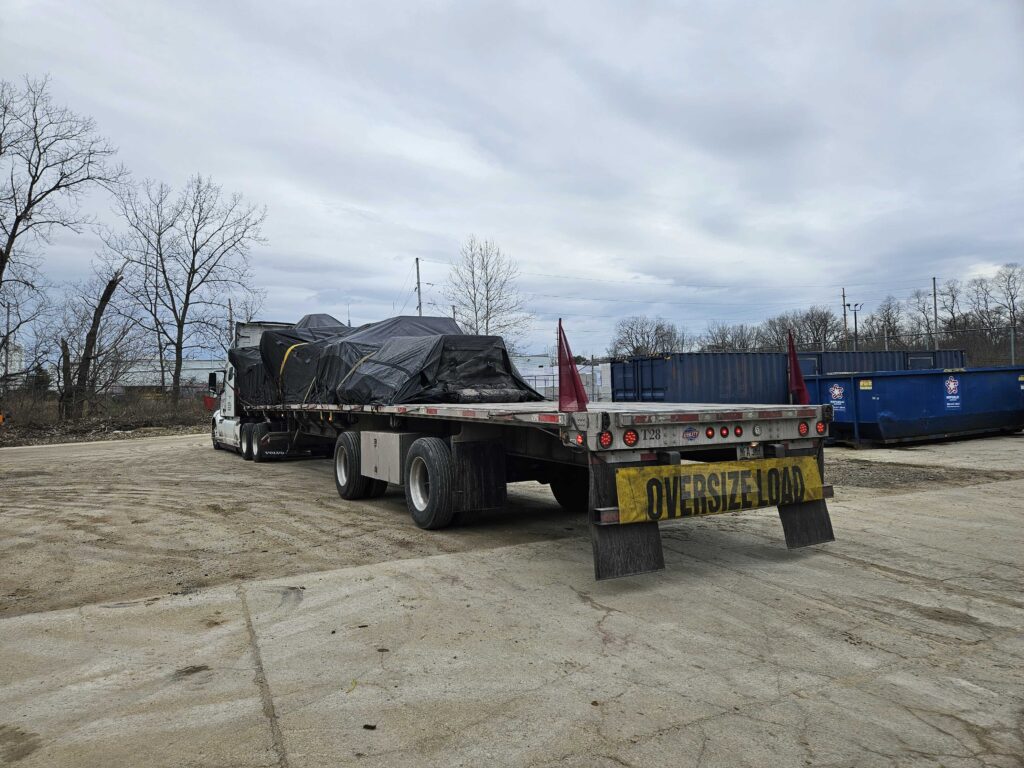
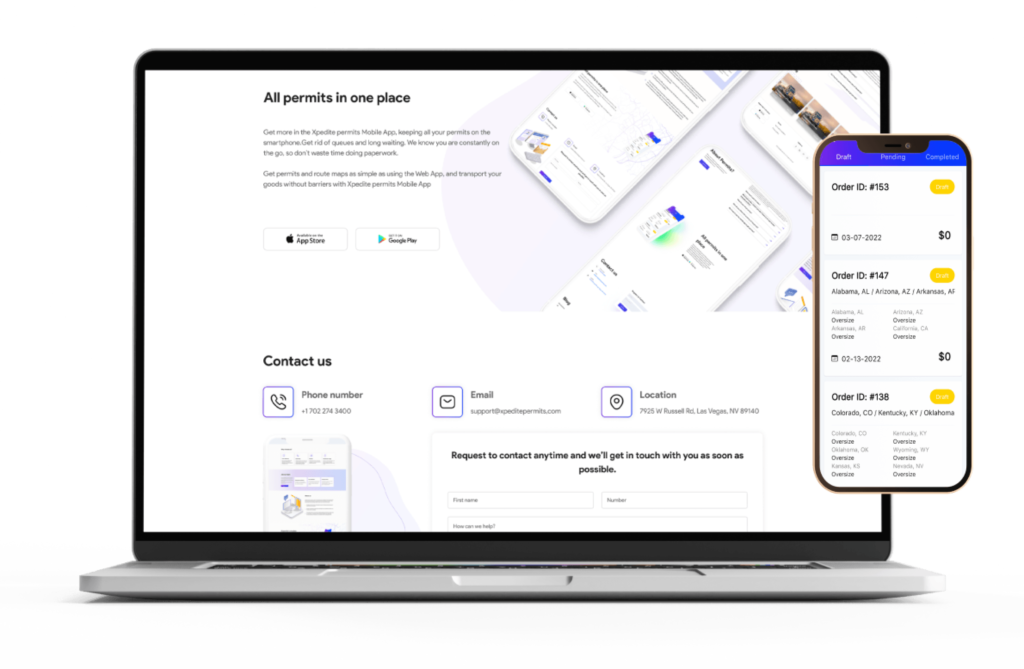
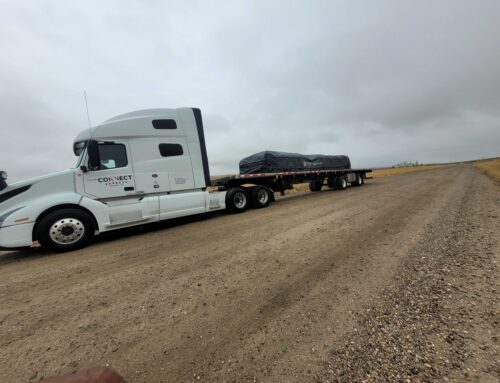
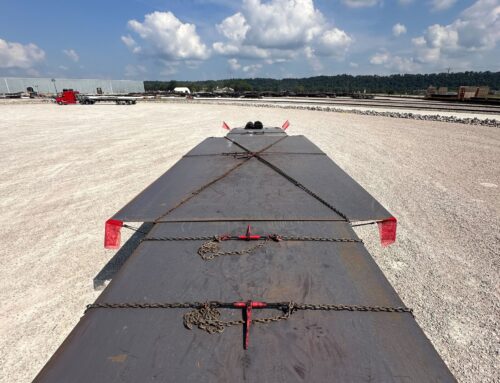


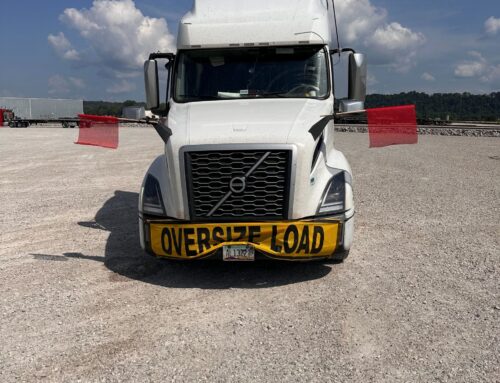


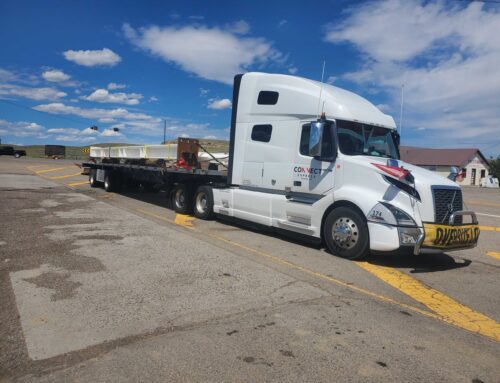

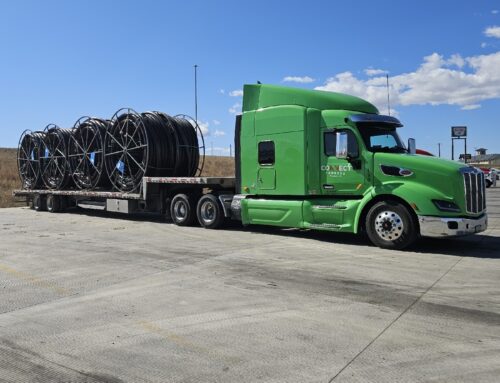




[…] The importance of selecting the best tires for semi truck cannot be overstated when considering safety, productivity, and profitability. […]